It was a Friday night, and the parents saved their night out for Saturday, so they wanted to do something social on Friday night to unwind. I remember my mother asking to set up the card table as guests were coming over. I’d always ask, “What for, Mom?” to which she replied, “To play bridge.” I shrugged my shoulders and never gave a thought to what bridge was, nor did I care.
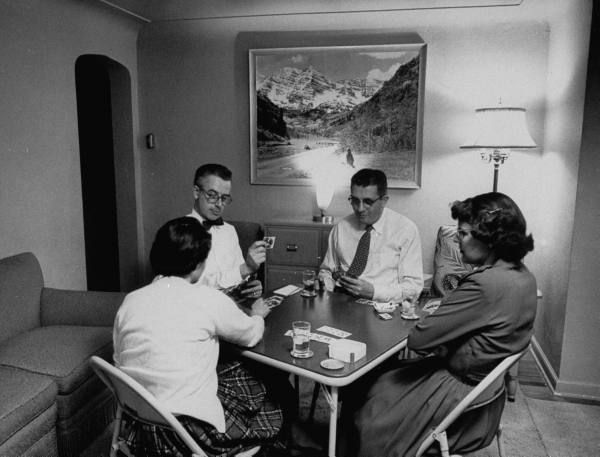
Now I’m 60 and started thinking, “I wonder what happened to all those games that couples came over and played during my childhood. Bridge, Canasta, Dominos and Backgammon. See if you can relate to any of them.
Bridge (The Game)
Bridge can be a simple yet complex card game built for couples. Four players participate, forming two partnerships. Each player receives 13 cards from a standard 52-card deck. The primary goal in bridge is to score points by bidding and winning tricks. A trick consists of four cards, with each player contributing one card in turn. The trick’s winner is either the player who played the highest card of the suit led or the player who played the highest trump card (if any were played).
Bridge is typically played by four players, who form two competing partnerships. Partners sit opposite each other around a table. The two partnerships are often referred to as “pairs.” Remember, bridge starts simple but gradually becomes more intricate. As you explore, you’ll uncover the beauty of this classic card game!
Bridge’s History
Throughout its history, Bridge has maintained its reputation as a game that combines skill, strategy, and social interaction, making it a favorite pastime for players of all ages. Bridge’s roots can be traced back to an earlier game called Whist, which was popular in England in the 17th and 18th centuries. Whist was a trick-taking game played with a standard deck of cards. The first known reference to a similar game appears in a sermon by Bishop Latimer, published in 1529. At that time, the game was called “whist” and gained popularity among the English nobility.
The modern game of Bridge emerged from the evolution of Whist and Biritch. It is generally believed that Bridge was developed around the early 20th century, with its exact origins attributed to various sources, including Harold Vanderbilt and others. The most popular variant of Bridge played today is Contract Bridge. It emerged in the 1920s and gained widespread popularity in the following decades. Contract Bridge introduced the concept of bidding for the right to declare the trump suit and the number of tricks a partnership undertakes to win.
The name “Bridge” for the card game has several possible origins, though the exact reason for the name is not definitively known. Some theories suggest that “Bridge” may come from the game ” bridging” the gap between Whist, its predecessor, and the more modern form of contract bidding that characterizes Bridge. In other words, it metaphorically “bridges” the two play styles.
Another theory proposes that the name may have originated from the association of playing cards with a game often played in rooms or salons known as “bridge rooms” in English country houses during the late 19th century. These are just theories, and the true origin of the name might be a combination of factors or something entirely different. Nonetheless, the name “Bridge” has stuck and has become synonymous with this highly strategic and social card game.
Canasta
Canasta is a popular card game that originated in Uruguay in the 1940s and quickly spread worldwide. It is typically played in partnerships by four players, although variations exist for two, three, or six players.
Canasta’s main objective is to score points by forming melds of cards and creating “canastas,” which are melds of seven cards of the same rank. Canasta is typically played with two standard decks of 52 cards each, including jokers.
A meld is a set of cards a player lays down on the table during their turn. Melds are essential to the game and are used to score points. Canasta has two types of melds: “natural” and “mixed” melds.
- Natural Meld: A natural meld consists of three or more cards of the same rank, such as three Kings or four Fives. In Canasta, only natural melds of sevens or higher are valid.
- Mixed Meld: A mixed meld consists of three or more cards, including at least two natural cards of the same rank and wildcards (if any). For example, a meld of 7-7-7-2-2-2 would be considered a mixed meld because it contains three sevens (natural cards) and three twos (wildcards).
This gives a total of 108 cards. The dealer shuffles the cards and deals 11 cards to each player, one at a time, clockwise. The remaining cards are placed facedown to form the draw pile, with the top card flipped face-up next to it to start the discard pile.
Players take turns drawing cards from the draw pile or the discard pile and then melding cards if they wish. A meld consists of three or more cards of the same rank, such as three 7s or four Queens. Once a player has made an initial meld, they can add to it or create new melds in subsequent turns. A canasta is a meld of seven cards of the same rank. Players usually place a canasta face-up on the table when they form a canasta. Canastas are typically worth more points than regular melds.
The round ends when a player goes out by playing all of their cards or when the draw pile runs out. To go out, a player must have at least one canasta among their melds and must “meld out” by playing all their cards on the table. The round can also end if a player “freezes” the discard pile by adding the top card to a meld without subsequently discarding it. At the end of the round, each partnership tallies the points earned from their melds and canastas and any bonuses. Points are deducted for cards left in players’ hands. The first partnership to reach a predetermined score, often 5,000 points, wins the game.
Segundo Santos and Alberto Serrato developed Canasta in Uruguay in the early 1940s. The exact circumstances of its creation are somewhat unclear, but it is believed to have originated as a variation of an older game called Rummy. Canasta was introduced to the United States in the late 1940s, where it quickly became a craze. The game’s popularity was fueled by a series of articles in the Saturday Evening Post by author and Bridge player Oswald Jacoby, who introduced the game to the American public.
So Canasta is a game of strategy, teamwork, and luck. Players aim to form the most valuable melds while preventing opponents from doing so. I still don’t get it, but I always remember periodic roars from the table.
Pinochle
Pinochle (pea-knckle) is a popular card game that originated in Europe, possibly in Germany, in the 19th century. Its origins are a bit murky, but it is believed to have evolved from a combination of French and German card games. The name “Pinochle” itself is thought to have been derived from the German word “binokel” or “binocle,” which refers to a similar game.
Pinochle gained popularity in the United States in the late 19th and early 20th centuries, especially among German immigrants. It became a staple of social and family gatherings, often played in groups of four in partnerships.
Pinochle is a trick-taking game typically played by four players in partnerships. Players sitting opposite each other are teammates. The game is played with a 48-card deck consisting of two copies of each card 9 through Ace in all four suits (hearts, diamonds, clubs, and spades). The goal is to score points by winning tricks containing certain cards and declaring and fulfilling contracts.
The highest bidder selects the trump suit (hearts, diamonds, clubs, spades, or no trump). After trump is declared, players can declare certain combinations of cards they hold in their hands called “melds.” Melds score points and can be declared after a player’s turn.
Remember, there are many variations in rules and strategies for playing Pinochle. It’s a game that rewards practice and strategy, so don’t be discouraged if it takes a few rounds to get the hang of it!
Dominos
How about Dominos? We always had a huge tin full of them. Dominos is a classic tabletop game played with rectangular tiles, typically made of plastic or wood, with dots representing numbers on each end. Two or more players can play the game and involves matching the ends of the tiles to create chains or sequences.
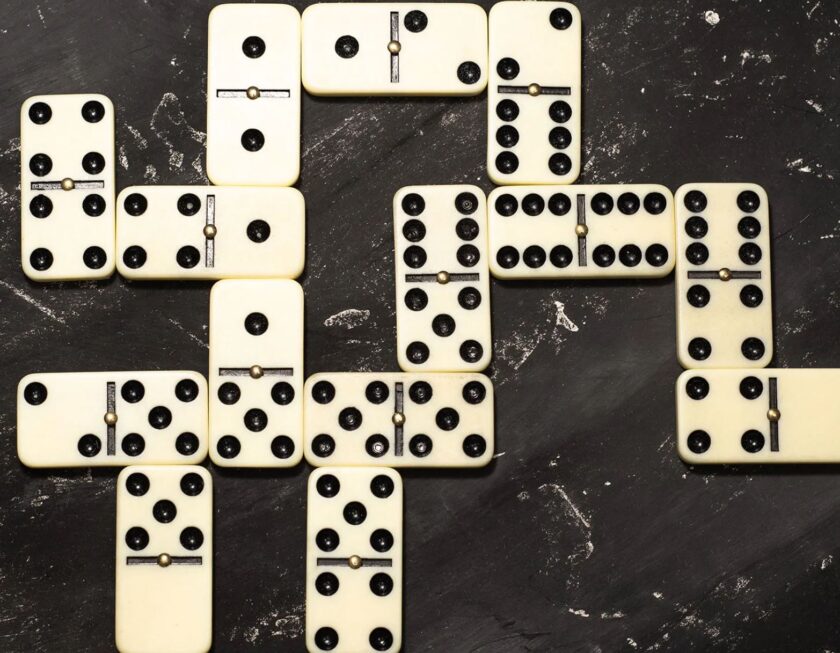
The origins of dominoes are believed to date back to ancient China, where the earliest known ancestor of modern dominoes emerged. Some historians suggest that the game was invented around 1120 CE during the Song Dynasty. The original Chinese dominoes were made of bone or ivory and were rectangular, with each tile divided into two squares. These early dominoes were often decorated with dots or symbols representing numerical values.
Here’s a basic guide on how to play dominoes:
- The player holding the highest double domino (a tile with the same number of dots on both ends) starts the game by placing it in the center of the playing area.
- The next player must match one of the ends of the tile on the table with a tile from their hand with the same number of dots. If they cannot play a tile, they must draw from the boneyard (the unused tiles) until they can make a play.
- Play continues clockwise, with each player matching tiles until someone plays all their dominoes or no more plays can be made.
- If a player cannot make a play and there are no more tiles in the boneyard, they must pass their turn to the next player.
- The game ends when one player plays all their dominoes or no more plays can be made and all players pass consecutively.
The game can be played over a series of rounds, with players keeping track of their scores after each round. The player with the highest total score at the end of the predetermined number of rounds or the first player to reach a specific score wins the game.
Backgammon
Backgammon is one of the world’s oldest and most popular board games, dating back thousands of years. Its origins can be traced back 5,000 years to ancient Mesopotamia (modern-day Iraq). Archaeological evidence suggests that a precursor to Backgammon was played in this region, with early game forms appearing on ancient Sumerian and Babylonian artifacts.
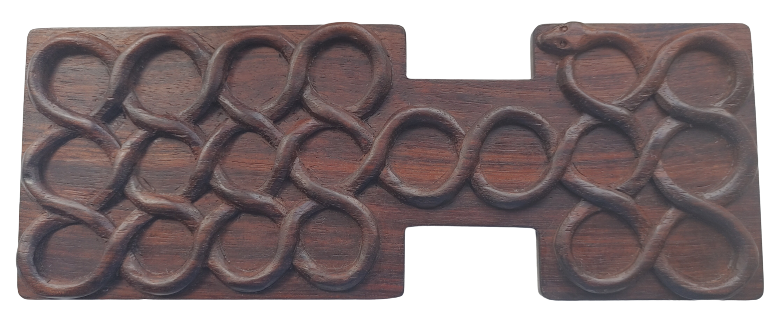
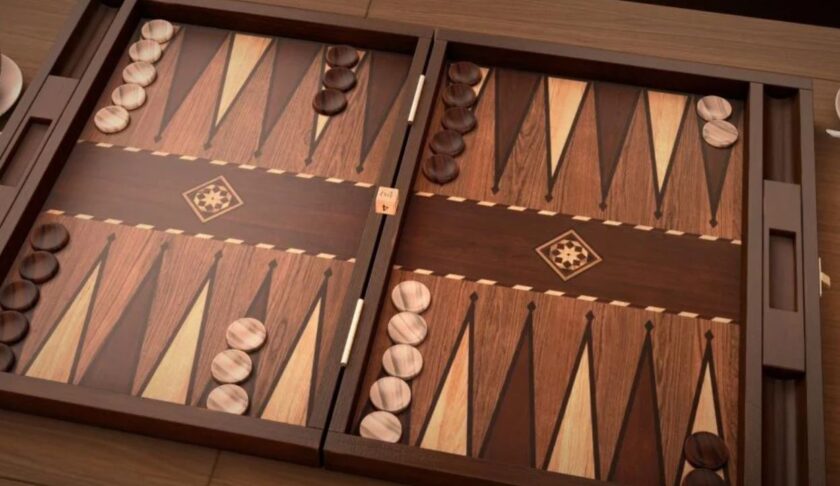
One of the earliest known versions of Backgammon is the “Royal Game of Ur,” which was played in ancient Mesopotamia around 3,000 BC. This game was discovered in the 1920s during excavations of the Royal Cemetery of Ur in modern-day Iraq. The game board closely resembles a Backgammon board and suggests that similar gameplay mechanics were used thousands of years ago. Backgammon-like games spread throughout the ancient world, with variations played by the Egyptians, Greeks, Romans, Persians, and other civilizations.
It’s a two-player game that combines elements of strategy and luck, played on a board divided into 24 narrow triangles called “points.” Backgammon is a game of strategy, risk assessment, and probability, where players must balance tactical maneuvers with long-term planning to outmaneuver their opponent and bear off their checkers first.
The objective of Backgammon is to move all of your checkers around the board and bear them off (remove them from the board) before your opponent does the same. Now this was a game we kids enjoyed. Nothing was better than sending you folks pieces back to the beginning. I have to admit this might have been a fun drinking game as well. But what do I know? We still play this game with our kids today.
Bring Back Memories? What Games Did Your Parents Play?
Ah, the memories. Game night was Friday, and my folks would go out on Saturday. Mom didn’t want to cook, so we got McDonald’s and watched Chiller Theater on channel 11 as my parents went out. But Friday nights were for gaming and those “lost games of my childhood.” So, what games do you remember? Feel free to post in the comments section below.
Related Posts
Related Posts from Mr. Local History
Mr. Local History’s 2025 Advent Calendar of Memorable Toys/Gifts & Their History
Views: 1,998 And on the 25th Day of the Advent Toy History Calendar… Holiday Memories is such great history, and what better way to look back than remembering how Advent… Read More »Mr. Local History’s 2025 Advent Calendar of Memorable Toys/Gifts…
American Board Game History
Views: 459 We all know the feeling. Say the words board games, and something instantly pops into your mind. With the holiday season bringing family and friends together, it is… Read More »American Board Game History
Vintage Toys Are the Best History Ever – Playing, Collecting, Remembering
Views: 1,441 New Jersey has been shaping America’s toy box for more than a century. It began in Cinnaminson with Samuel Leeds Allen’s 1889 Flexible Flyer sled and in West… Read More »Vintage Toys Are the Best History Ever – Playing,…
Jersey’s History with Bar Room Shuffleboard
Views: 19,942 Isn’t it interesting how history becomes a part of history? Take, for example, pay phones. When you were using them, you never thought about it, and then they’re… Read More »Jersey’s History with Bar Room Shuffleboard
MLH Games & Puzzles Share Local History
Views: 2,371 What better way to share New Jersey’s local history than with games? To create a fun and engaging teaching method, the Mr. Local History Project offers a variety… Read More »MLH Games & Puzzles Share Local History
Slot Cars and Motorsports History
Views: 6,881 Nominate your top 5 favorites for our American HO Greatest Slot List. Isn’t it great when you get to go back in time and do things you did… Read More »Slot Cars and Motorsports History

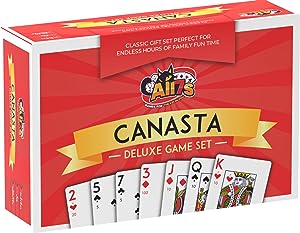
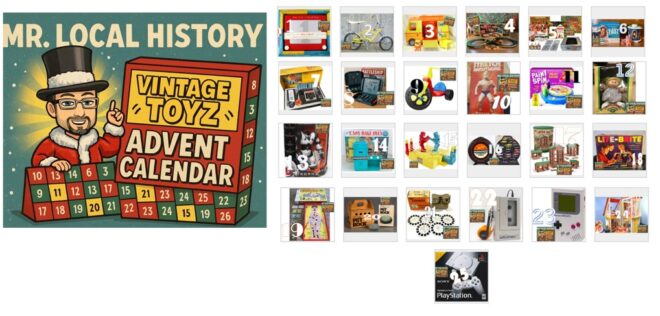
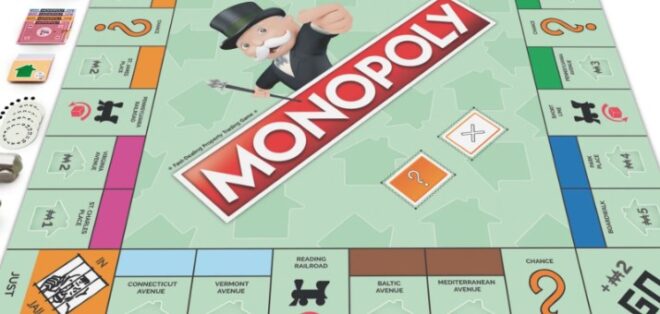
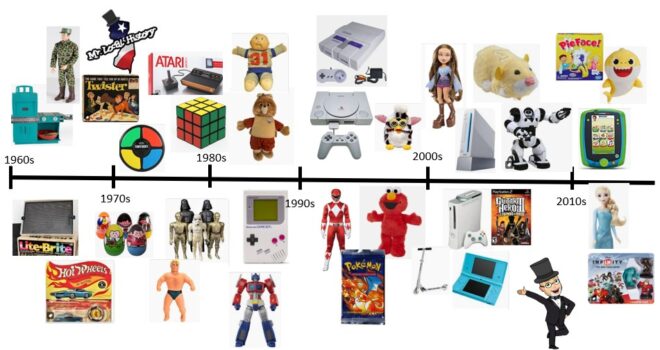

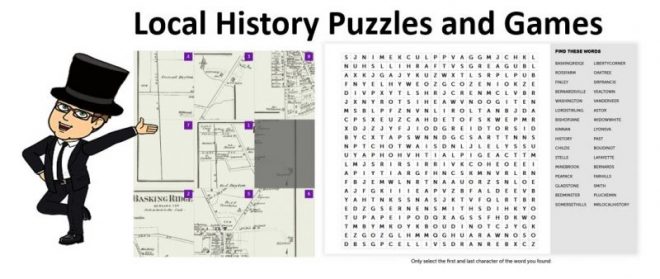

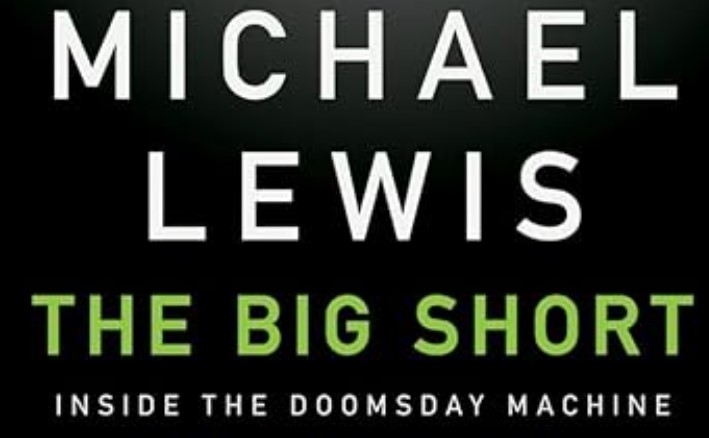




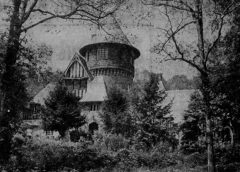

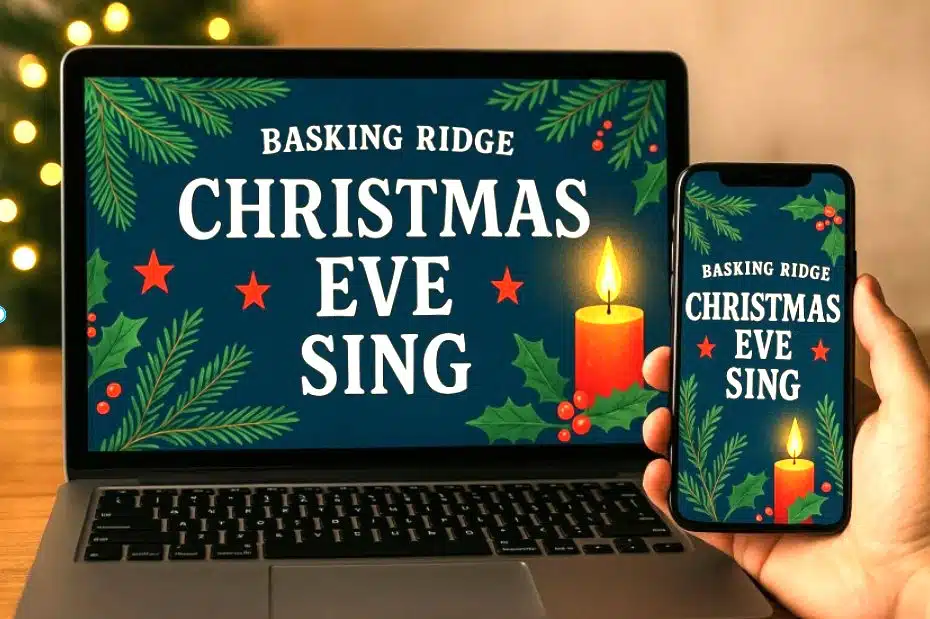


I always was intrigued by the variations of bridge culture. Growing up in the 1960s and ’70s, in my neighborhood, bridge was played only by our mothers who spent one or two afternoons a week playing the games. The fathers never played and I don’t think any of them even knew how.
I do know that bridge has historically been a couples’ game, though. There’s a story from the 1920s about a woman who shot her husband because he trumped her ace.
The decline of bridge is a sad thing. I don’t play myself, but I know enough about the game to realize that they should offer it in school, because its skills translate well to IRL situations:
* The bidding phase teaches you how to fairly estimate the value of things, and what you can or can’t expect to accomplish in a given situation.
* Listening to your partner’s bid teaches you to infer things about their hand without being explicitly told
* As the rubber progresses you are constantly reassessing the state of play, and judging from the cards your opponents play
I would have been better off in corporate life if I’d learned bridge and become a good player.